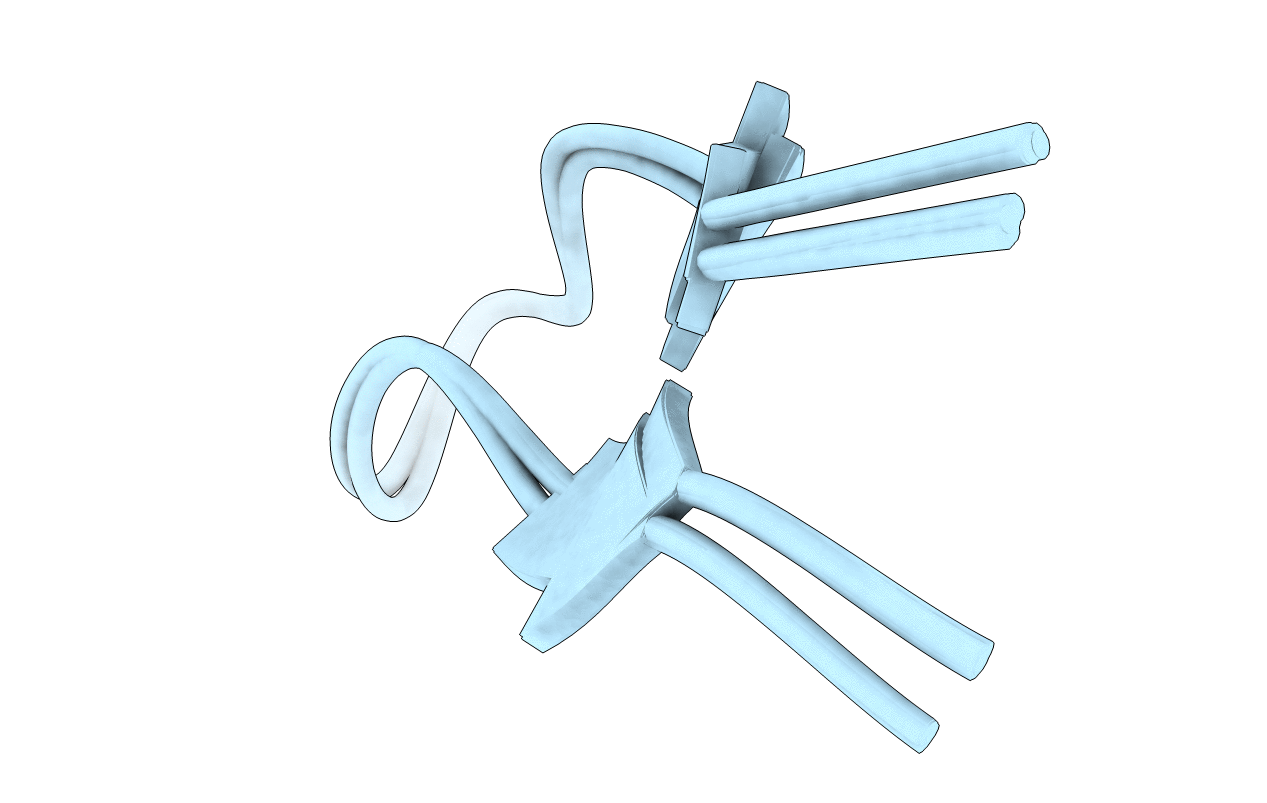
Deposition Date
2020-09-08
Release Date
2020-11-25
Last Version Date
2024-10-16
Entry Detail
PDB ID:
7K1M
Keywords:
Title:
Peptide from stony coral Heliofungia actiniformis: Hact-1
Biological Source:
Source Organism:
Heliofungia actiniformis (Taxon ID: 75303)
Method Details:
Experimental Method:
Conformers Calculated:
100
Conformers Submitted:
20
Selection Criteria:
structures with the lowest energy


